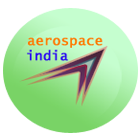Gaganyaan Mission – Progress Updates
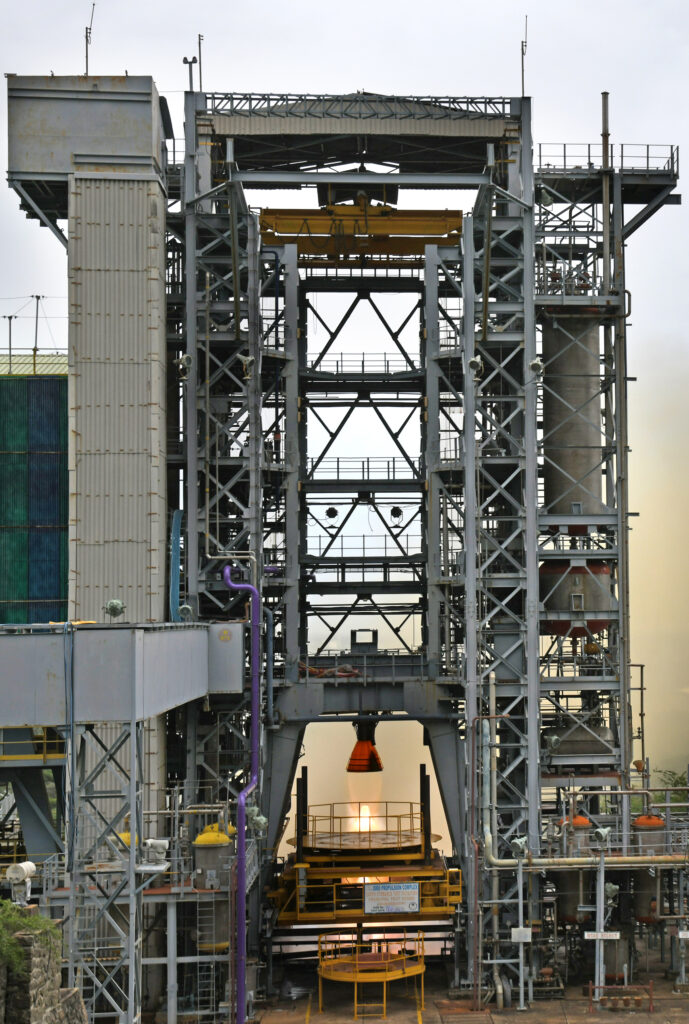
ISRO conducts third successful test of Vikas Engine for the Gaganyaan Human Spaceflight Program on July 14, 2021.
- Third long duration (240 seconds) hot test of the liquid propellant Vikas Engine for the core L110 liquid stage of the human rated GSLV MkIII vehicle was performed as part of the engine qualification requirements at the engine test facility of ISRO Propulsion Complex (IPRC), Mahendragiri in Tamil Nadu.
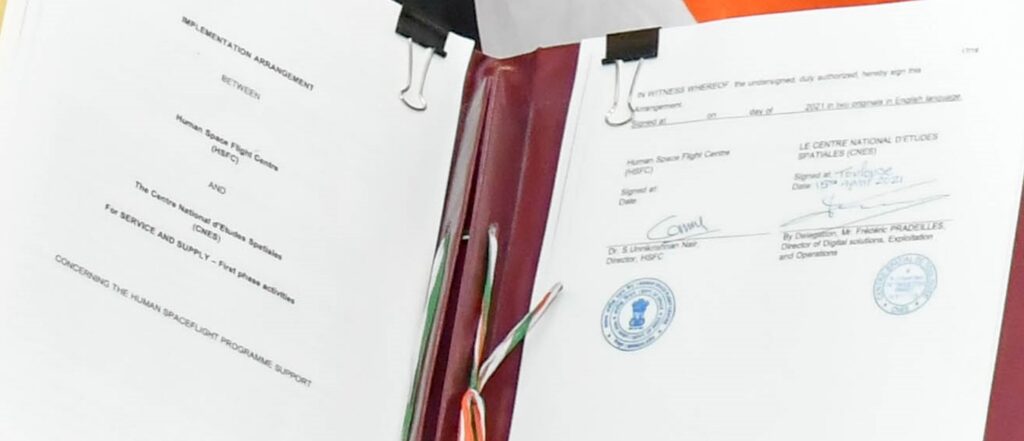
Human Space Flight Center (HSFC) of ISRO and CNES, French Space Agency sign Space Cooperation Agreement on April 15, 2021.
- CNES to train India’s flight physicians and CAPCOM mission control teams in France at the CADMOS centre for the development of microgravity applications and space operations at CNES in Toulouse and at the European Astronaut Centre (EAC) in Cologne, Germany.
- CNES to support implementation of a scientific experiment plan on validation missions, exchange information on food packaging and the nutrition program, and the use by Indian astronauts of French equipment, consumables and medical instruments.
- Ultimately, ISRO would like to leverage CNES’s experience in long-duration spaceflights with a view to developing an Indian space station.
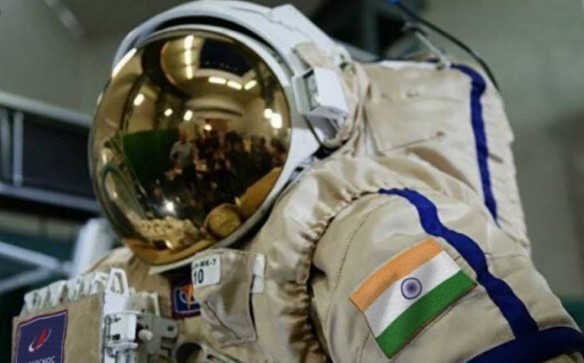
Four Indian Air Force (IAF) Pilots return to India after completing one-year of Spaceflight Training in Russia (March 2021).
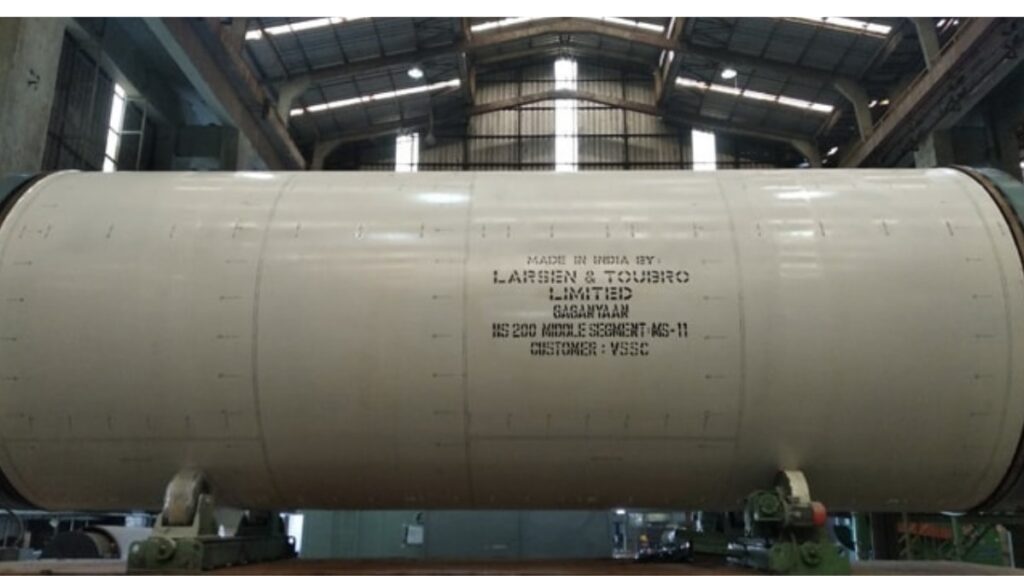
Larsen & Toubro (L&T) Delivers Rocket Booster for the Gaganyaan Project in November 2020.
- The S200 booster is the world’s third largest solid propellant rocket booster, to be used as the middle segment of the Human Rated GSLV MK-III Rocket for the Gaganyaan Project.
- The S200 solid rocket booster measures 3.2 m in diameter, 8.5 m in length and weighs about 5.5 tonnes.
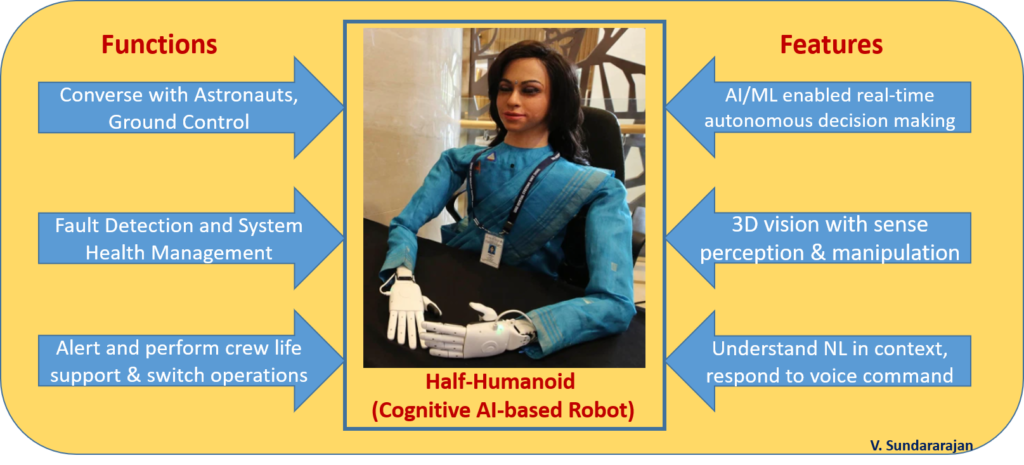
ISRO unveils Half-Humanoid Robot, VyomMitra (“Space Friend”) at the IAA-ISRO-ASI Symposium on Human Spaceflight and Exploration held in Bengaluru on 22 January 2020.
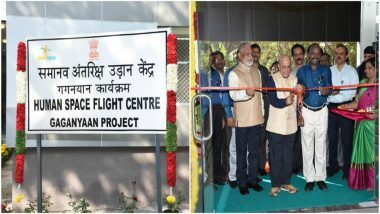
Establishment of Human Space Flight Centre (HSFC) for the Gaganyaan Project at the ISRO Bengaluru facility on 30 January 2019.
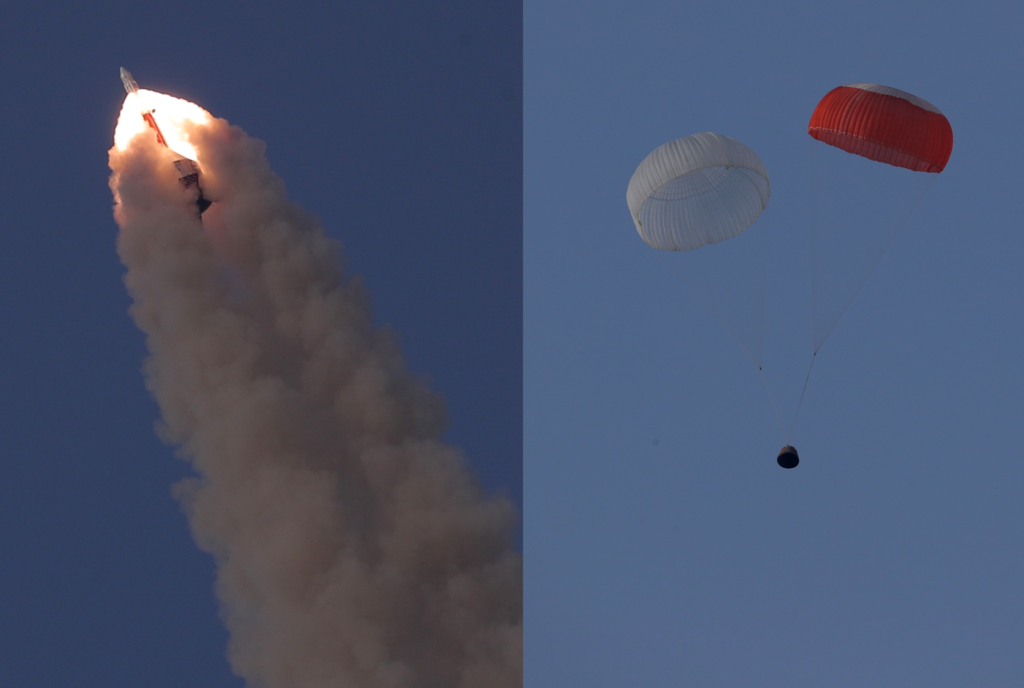
CREW ESCAPE SYSTEM (CES) FLIGHT TESTING
- The first flight testing of the CES was successfully conducted on 05 July 2018. This Pad Abort Test (PAT) is a critical technology for human spaceflight.
- The mass of the CES with the simulated crew module was 12.6 tonnes and the Crew Module (CM) reached an altitude of 2.7 km powered by the seven rapid reaction solid motors taking away the CM without exceeding the safe g-levels.
- The entire test lasted about 259 seconds with the CM parachuted back to Earth about 2.9 km from Sriharikota Island.
- Nearly 300 sensors recorded various mission performances during the test.
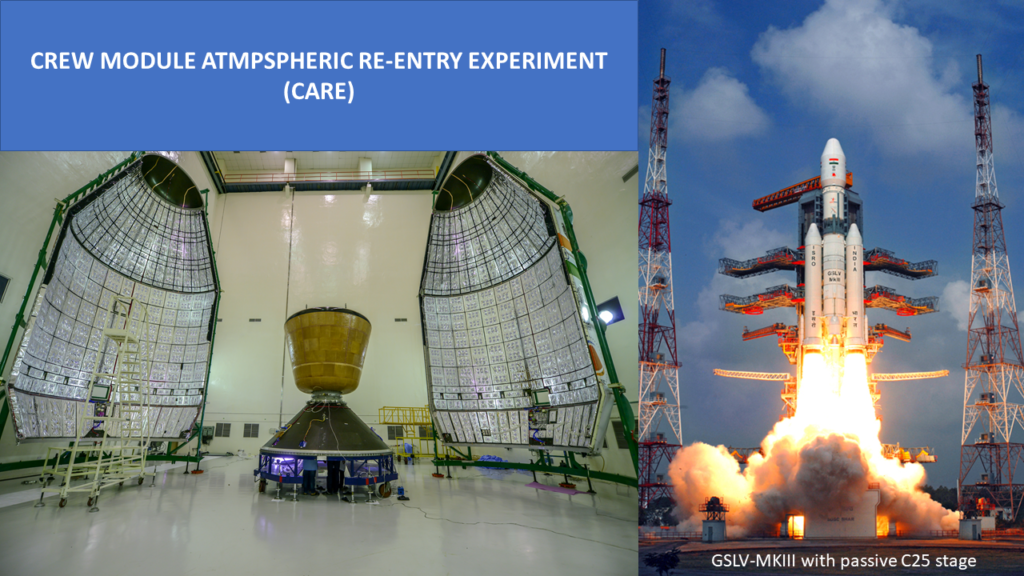
CREW MODULE ATMOSPHERIC RE-ENTRY EXPERIMENT (CARE) was launched by a GSLV-MKIII Rocket with active S200 and L110 stages and a passive C25 cryogenic stage was successfully launched on 18 December 2014 from the Second Launch Pad at SDSC-SHAR, Sriharikota Island, India.
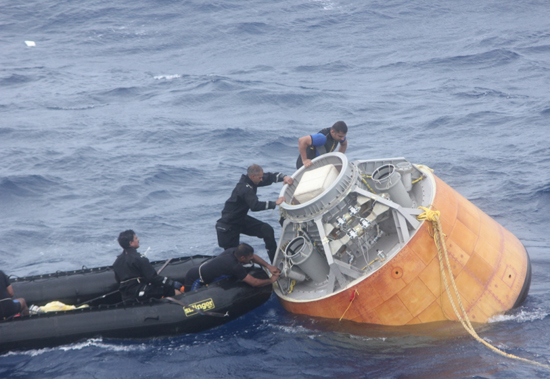
Splashdown and Retrieval of the CARE Crew Module by the Indian Coast Guards.
- The 3775 kg Crew Module separated from the upper stage of the GSLV MKIII Rocket at the intended height of 126 km.
- The CM reentered the atmosphere at about 80 km and with the aid of parachutes safely landed in the Bay of Bengal, nearly 1600 km away from Sriharikota Island about 20 minutes after the launch.
- The CARE Mission demostrated the reentry flight profile of the crew module and end to end parachute system validation.
